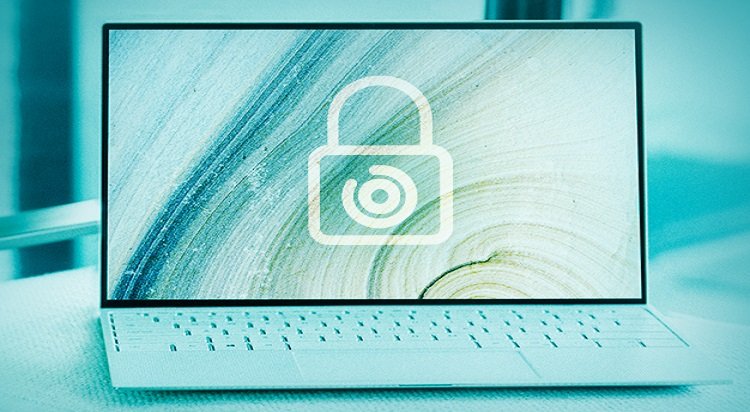
Top 10 steps to protect your new computer
Phil Muncaster, guest writer at ESET explains that whether you are getting ready for back-to-school season, getting new work laptop or fancying a new gamer’s pc, learn the steps to protect your new PC from cyberthreats.
 With Windows 11 making headlines for all the right reasons, it could be a great time to invest in a new PC for the family or the home office. But any new household computing device should come with an attendant safety warning. Hackers will be after your data the minute it’s connected to the internet. And they have numerous ways to get it.
With Windows 11 making headlines for all the right reasons, it could be a great time to invest in a new PC for the family or the home office. But any new household computing device should come with an attendant safety warning. Hackers will be after your data the minute it’s connected to the internet. And they have numerous ways to get it.
That’s why you need to think about cybersecurity even before plugging your machine in and switching it on. Take time out now to refresh your memory and make cyber-hygiene a number one priority.
What are the main threats to my PC?
As soon as you’re connected to the internet, malicious actors will be looking to steal your data, encrypt and hold your machine ransom, lift financial details, secretly mine for cryptocurrency, and much more. They’ll do so via some tried and true methods, which often rely on cracking, stealing or guessing passwords, or exploiting software vulnerabilities. Top threats include:
Phishing: One of the oldest con tricks in the book. Cybercriminals masquerade as legitimate and trustworthy sources (banks, tech providers, retailers etc) and try to persuade users into clicking on links and/or opening attachments in emails. Doing so will take users to a spoofed site requesting that they fill in personal information (like logins and/or address/financial details) or could trigger a covert malware download.
Drive-by downloads and malicious ads: Sometimes merely visiting an infested website or a site running a malicious ad could trigger a malware download. We may think that well-known sites may be less compromised in this way as they are better resourced and can afford enhanced protection. But there have been plenty of counter-example through the years showing that it’s not always the case. That’s why its essential to invest in security software from a reputable provider and ensure that your browser’s security settings are correct.
Digital skimming: Hackers may also compromise the payment pages of e-commerce sites with malware designed to silently harvest your card data as it is entered. This is difficult to guard against as the issue is with the provider. However, shopping with better-known sites can reduce risk.
Malicious apps and files: Cybercriminals also hide malware inside legitimate-looking applications and downloads. Many of these are posted to online forums, P2P sites, and other third-party platforms. That’s why it makes sense to download only from trusted sources, and to use an effective security software tool to scan for malicious software.
Ten tips to keep your computer safe
Many of the below steps may be taken care of automatically by your PC manufacturer/Microsoft, but it pays to dig a little deeper to make sure all the settings are as secure as you need them to be. Here are our top 10 tips for computer safety:
- Apply automatic updates for the OS and any software running on the PC
- Remove bloatware that often comes with PCs. Check beforehand if you don’t recognize any software to ensure removing it won’t degrade the performance. The fewer pieces of software on the machine, the less opportunity for attackers to exploit bugs in it
- Install multi-layered security software from a reputable third-party vendor and keep it up to date
- Configure backups, and ideally back up a copy of data to a remote storage device kept offline
- Secure the browserby adjusting privacy and security settings and ensuring it is on the latest version
- Switch on and configure your firewall on the OS and home router, ensuring it is protected with a strong password
- Download a multi-factor authentication app in order to help protect your accounts from being hijacked via phishing and other attacks
- Avoid using USBs that you don’t own, in case they are loaded with malware
- Use a password manager to ensure that all your credentials are unique, strong, and hard-to-crack
- Only download apps/files from trusted sources and avoid pirated material, which can often be booby-trapped with malware
It goes without saying that, even by following these best practices, you could still be at risk when browsing online. Always proceed with caution, don’t reply to unsolicited emails/online messages, and ensure device encryption is switched on.